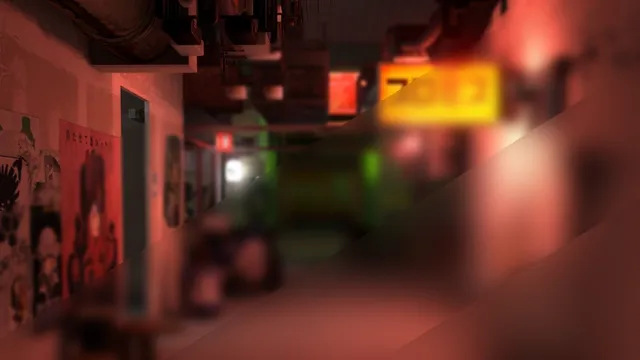Video Game Blurs (and how the best one works)
Audience: undergraduate
Tags: graphicsinteractiveblurconvolutionvideo-games
How to build real time blurs running on the GPU and how the best ones work - An interactive Article about the intersection of graphics programming, maths and the chase for real time performance: With many interactive visualizations to guide us, we’ll journey through the world of blur algorithms, make a detour through frequency space manipulations, torture our graphics processor, before finally arriving at an algorithm, born from years worth of graphics programmer research, experimentation and sweat - The ✨ Dual Kawase Blur 🌟
Analytics
Comments
Excellent interactive shaders, very well explained and good performance comparison
I think this article was very interesting, especially after having recently watched the videos from 3blue1brown (some of which were also directly linked in the article) as I got to see most of the theory in practice. I find computer graphics fascinating in general, but I do think it’s maybe a less appreciated part of programming. Although the goal of the article is seemingly “tame” (i.e. blurring), a lot of important concepts in computer graphics is touched upon, or at least mentioned (pipeline, vertex and fragment shaders, importance of performance, and so on). However, I do think that a majority of people might not be too keen to read an article about blurring.
Great interactive in-game examples, fun take on an already well-covered topic.
Very thorough article and great idea and presentation. Thanks to Frost Kiwi sharing his secrets <3
At the beginning there is a typo in this sentence: took many a graphics programmer through decades upon decades of research (Happens to me at the beginning often as well, since it is not the part that I usually look over the most).
Great interactivity!
Although it wasn’t used in the final algorithm the frequency-space representation of the texture (and the manipulations on it) were very pretty - almost feels like the visual equivalent of a spectrogram for sound engineering
